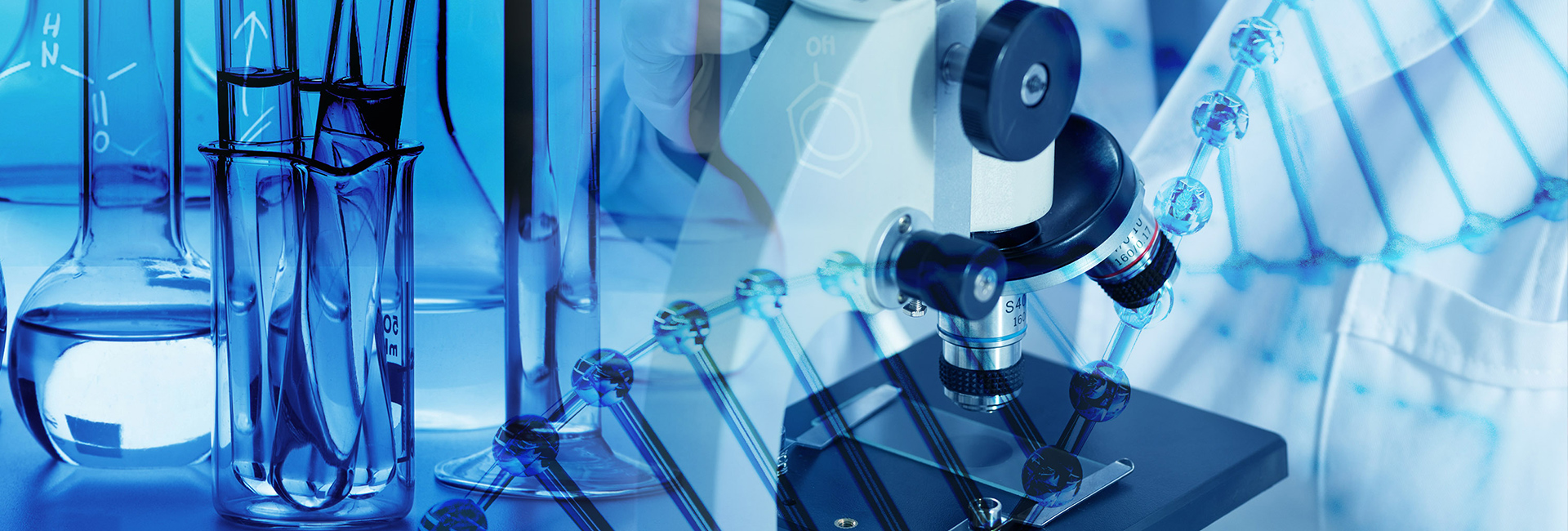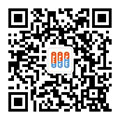Domestic registration, inspection and certification of pulse oximeter
The Deeplight standard can not only provide document templates in the process of pulse oximeter testing and certification, but also guide customers to write technical documentation.
For the safety regulation, EMC and other projects that often fail in the pulse oximeter test, our company has equipped an engineer team to help customers rectify the projects that fail in the safety regulation and EMC test, so as to truly complete the whole project in a one-stop manner.

Standards for domestic registration and inspection of pulse oximeter:
When submitting medical device registration, enterprises should also pay special attention to the following issues:

The pulse oximeter is an instrument mainly used to measure the pulse oxygen saturation in human blood. The pulse oximeter can monitor the ratio of oxygen carrying hemoglobin to oxygen free hemoglobin in arteries.
In its most common (transmission) application mode, sensor devices are placed in weak areas of the patient‘s body, usually fingertips or earlobes, or in the case of infants, across the feet. The device passes two wavelengths of light through the body parts to reach the photodetector. It can measure the absorbance changes at each wavelength, so as to determine the absorbance caused only by pulsating arterial blood.
According to the domestic medical device management requirements and the definition of the medical device classification catalog, pulse oximeter is a Class II medical device exempted from clinical trials, and its domestic medical device registration product classification code is 07-03-05. Before it is marketed in China, it needs to pass the pulse oximeter registration inspection, obtain the clinical evaluation report of pulse oximeter accuracy, medical device registration certificate and medical device production license.
The pulse oximeter is divided into: different structures; For example: finger clip, handheld, wrist, desktop, etc. Different measurement principles; For example, transmission method, reflection method, etc.
Standards for domestic registration and inspection of pulse oximeter:
1. Safety testing: GB 9706.1-2007, Medical electrical equipment - Part 1: General requirements for safety
2. Performance test: YY 0784-2010, special requirements for basic safety and main performance of medical electrical equipment and medical pulse oximeter equipment. If there is an IP grade symbol, IP grade shall be added.
3. Electromagnetic compatibility testing EMC: YY 0505-2012, Medical electrical equipment - Part 1-2: General safety requirements and parallel standards: Electromagnetic compatibility requirements and tests. It is necessary to consider the special EMC requirements for pulse oximeter in Article 36 of YY 0784.
4. Environmental testing: GB/T 14710-2009, Environmental requirements and test methods for medical appliances.
When submitting medical device registration, enterprises should also pay special attention to the following issues:
1. If the product is a Bluetooth pulse oximeter, it not only needs to do the above mentioned domestic registration, inspection and certification, but also needs to apply for the domestic SRRC certification. In addition, it needs to consider the Bluetooth BQB certification before it can be officially and legally sold.
2. The technical requirements of pulse oximeter products should meet the requirements of laws, regulations and relevant standards. If the technical requirements of the products are insufficient, which leads to review, issuance and supplement, the enterprise needs to spend a long time to supplement the materials.
3. Pulse oximeter is a medical device in contact with patients‘ skin, so it is necessary to provide biological compatibility safety assessment data.
4. The enterprise quality management system needs to be strictly established in accordance with the requirements of medical device production quality management standards.
5. Pulse oximeter is an active device, so it is necessary to conduct research on product service life and packaging integrity in accordance with the requirements of the Guidelines for Technical Review of Active Medical Device Service Life Registration.
6. A separate medical device software description document should be provided during registration.
7. The pulse oximeter is a non sterile product, so it does not need to be sterilized.
Recommended items
-

Medical device testing and certification requirements in different countries
Medical device testing and certification requirements in different countriesView more -

What do you need to know before obtaining the China Environmental Label certification and what should I pay attention to in the first application?
What do you need to know before obtaining the China Environmental Label certification and what should I pay attention to in the first application?View more -

What products need China Energy Conservation Certification and how to apply for China Energy Conservation Certification
What products need China Energy Conservation Certification and how to apply for China Energy Conservation CertificationView more -

Building a globally influential international science and technology innovation center
Innovation is the first driving force for development. To implement the innovation-driven development strategy, we must firmly grasp the "bovine nose" of technological innovation. The planning outline proposes to build Guangdong, Hong Kong, Macau and Dawan District into a “global international innovation center with global influence”, which reflects the profound insight into the high-qu...View more




